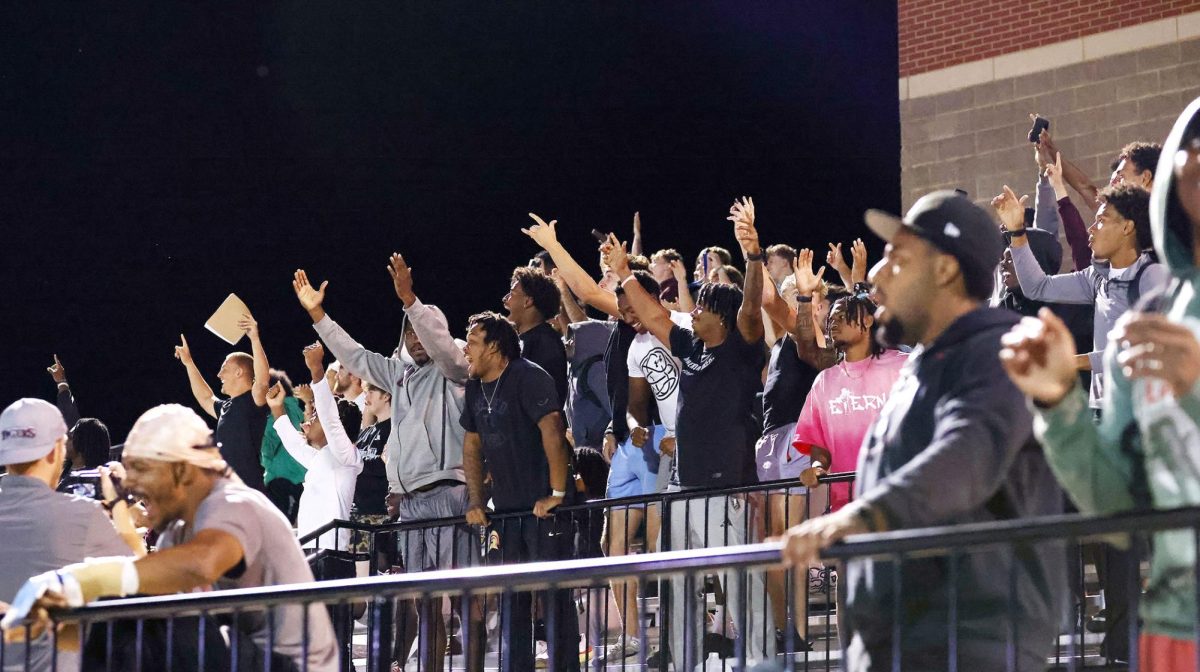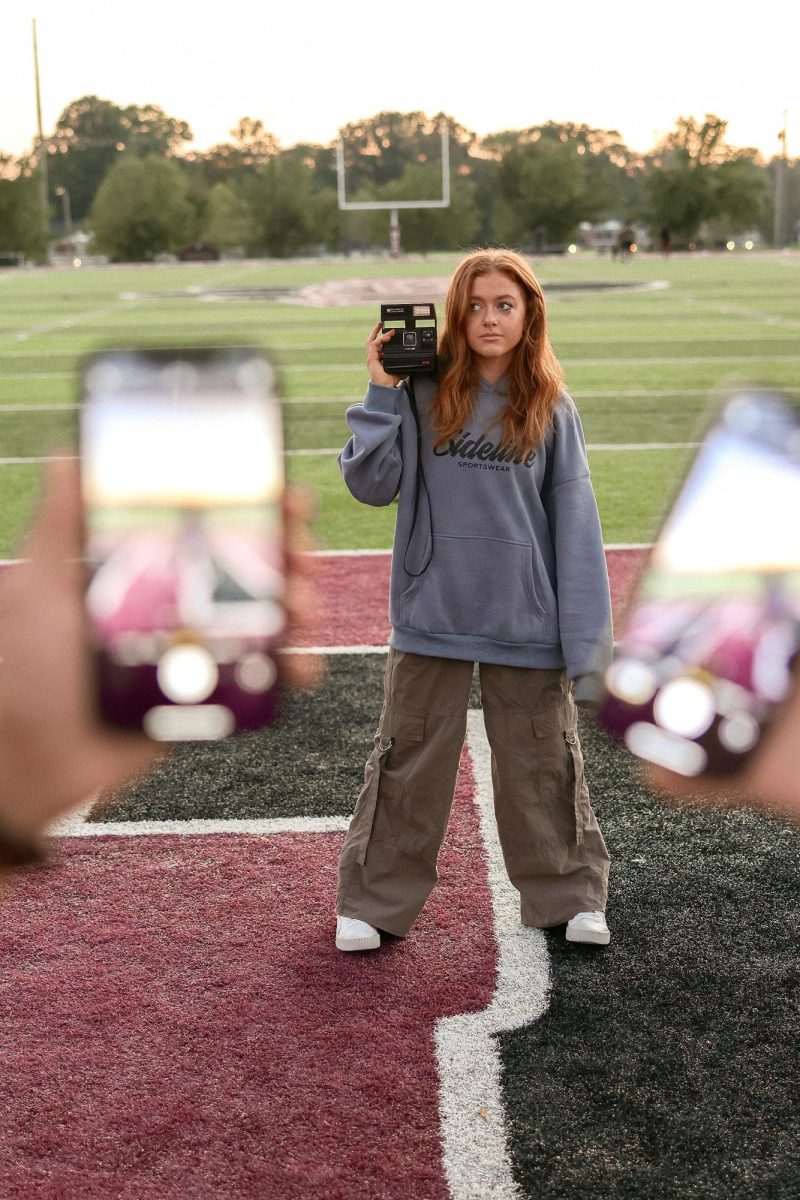Campbellsville is a small town, not large enough to support public transportation options, such as Uber, taxis or buses for out-of-town travel. Campbellsville is also a college town, known for its diversity of students from all over the world who come to Campbellsville University to play sports or to attend the international program. The lack of transportation options is an issue that significantly affects CU students mentally, physically and academically.
Driving no longer holds the same appeal for younger individuals anymore. According to Spectrum News, Generation Z isn’t as eager to get their driver’s license compared to kids in other generations. Many parents and children find it difficult to afford a car or cover the expenses that come along with them while the price of living is increasing.
“I didn’t decide not to have a car, I just can’t afford one,” Ian Lopez said. “Since I am an international student, it is very complicated to get a car because they are expensive, and I already have to pay the university and that’s a lot of money. So, it’s one or the other.”
Lopez managed to set aside funds from his previous summer job as a lifeguard at the university. He decided to invest $250 into purchasing a scooter, which he now relies on for his daily transportation around campus and to his classes.
“Sometimes I take my scooter to Walmart, but it takes me more time and I can’t carry as many things back,” said Lopez.
It’s expected that most 16-year-olds drive, but that rate has declined over the years, dropping by nearly half since 1983. According to the Federal Highway Administration, the rate has decreased from 46.2 percent to 25.1 percent. In 2018, approximately 24,000 16-year-olds were reported to have received their intermediate driver’s license. In 2023, there were only 5,785 reported. An alarming number of students are arriving at colleges now without access to transportation, a trend more common than ever before.
Campbellsville University’s Center of Global Engagement provides transportation for students. The rides enable students to purchase groceries, engage in thrift shopping and attend extracurricular activities. Through appointments, students can also schedule rides to the airport, doctor appointments or driver’s license appointments. Every week, Monday and Wednesday at 3 p.m. and 7 p.m. and Fridays at 2 p.m. and 3 p.m. they meet in front of Stapp Hall and give students rides to Walmart. This is the only transportation service provided by CU.
“I think it would be very interesting if there was an app for students to drive other students who didn’t have cars,” Lopez said. “As an international student, it can be hard to find a way out of Campbellsville to get to the airport or to another city.”
Many students believe that CU should offer additional transportation options for academic purposes. Students without access to a car in departments requiring transportation for assignments or for clinical hours may find it challenging to fulfill their academic needs. Students who don’t own a vehicle in the education department can be negatively impacted and struggle to meet the hours needed for observations if they can’t find transportation. Rachel Williams said her grades have been affected because of her lack of transportation.
“I’ve had to cancel clinical hours because I couldn’t find a ride,” Williams said. “Other people in my major also deal with this issue. This issue needs to be brought up more because they want us to be successful and I feel like we all have the abilities to be successful. Sometimes we might need some accommodations in able for us to be successful.”
Each education class a student takes a semester includes hours of observation in a classroom, usually 15 to 20 hours for one education course. Not having transportation can make that more challenging especially if a student is taking more than one education class that semester.
Approximately four years ago, before the COVID pandemic, CU had a contract with the U-Haul company, and four cars were parked on campus for students to check out through the university. That service is no longer available, which is a bummer, especially for art students who now must travel approximately 40 miles to Elizabethtown to reach the nearest art store. The local Walmart has a small selection of supplies for students, but when classes require a bulky list of art supplies for one student, items run out fast. Students in the arts don’t have access to art stores like Michaels or Jo-Ann Fabric. Students, instead, are limited to gathering their resources from Walmart or Lowes.
“It’s made it harder for me to get specific supplies that I need for my art classes,” Nina Daman said. “Walmart helps but their selection is pretty limited.”
A possible solution would be for CU to invest in scooters or bikes, and offer a program that allows students to use “tiger bucks” to pay per mile or monthly payments tracked via student ID.
“I think scooters would help to get clinical hours, at least a bike to rent would be nice,” T’lea Scott said. “I feel so tired after work from standing and walking all day that sometimes I prioritize rest over homework.”





















